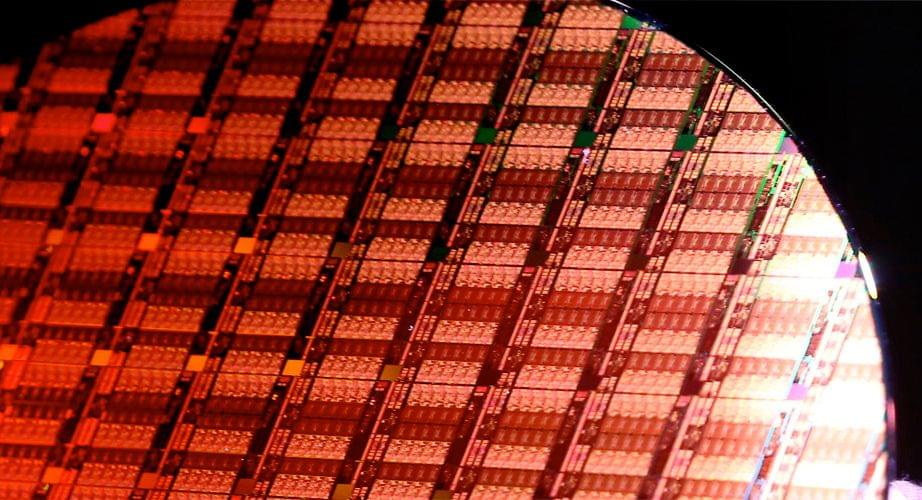Yet the United States lacks an organized response. The weekly reports of ransomware attacks and data breaches make it clear that we’re losing this battle. That’s why America’s leaders must rethink the current cyberdefense system and rally around a centralized regulator to defend both citizens and the private sector against current and future attacks.
The decentralized nature of the American government does not lend itself to fighting foreign cyberthreats. Government agencies handle cyberregulation and threats in the sectors they oversee — an inefficient and ineffective way to address an issue that cuts across our entire economy. In just the past few months, the D.H.S.’s Transportation Security Agency announced new cybersecurity requirements for pipelines and railroads; the Federal Communications Commission put out its own proposal for telecommunication companies; the Securities and Exchange Commission voted on rules for investment advisers and funds; and the Federal Trade Commission threatened to legally pursue companies that fail to fix a newly detected software vulnerability found in many business applications. And on Capitol Hill, there are approximately 80 committees and subcommittees that claim jurisdiction over various aspects of cyberregulation.
These scattered efforts are unlikely to reduce, let alone stop, cybercrime.









